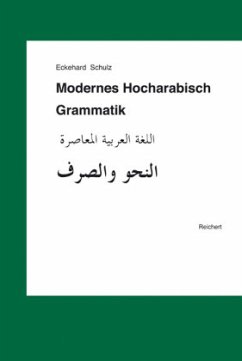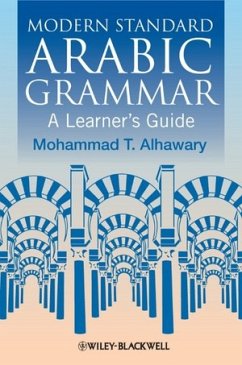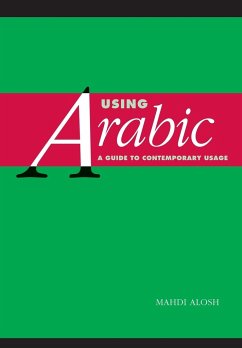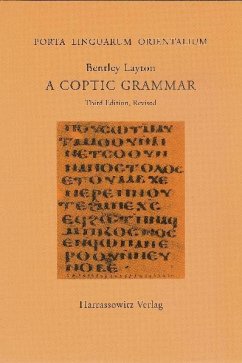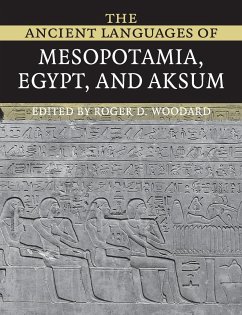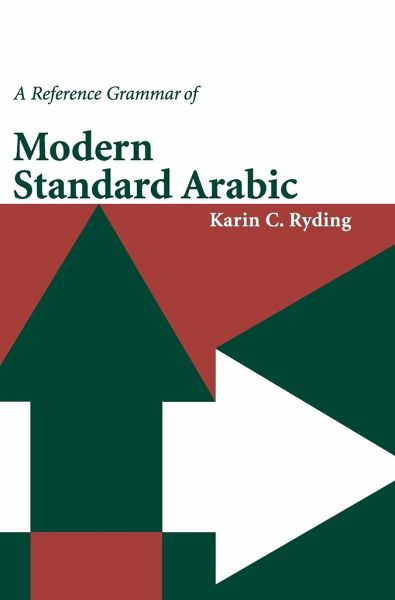
Ref Grammar Modern Standard Arabic
Versandkostenfrei!
Versandfertig in 1-2 Wochen
228,99 €
inkl. MwSt.
Weitere Ausgaben:

PAYBACK Punkte
114 °P sammeln!
A Reference Grammar of Modern Standard Arabic is a comprehensive handbook on the structure of Arabic. Keeping technical terminology to a minimum, it provides a detailed yet accessible overview of Modern Standard Arabic in which the essential aspects of its phonology, morphology and syntax can be readily looked up and understood. Accompanied by extensive carefully-chosen examples, it will prove invaluable as a practical guide for supporting students' textbooks, classroom work or self-study, and will also be a useful resource for scholars and professionals wishing to develop an understanding of ...
A Reference Grammar of Modern Standard Arabic is a comprehensive handbook on the structure of Arabic. Keeping technical terminology to a minimum, it provides a detailed yet accessible overview of Modern Standard Arabic in which the essential aspects of its phonology, morphology and syntax can be readily looked up and understood. Accompanied by extensive carefully-chosen examples, it will prove invaluable as a practical guide for supporting students' textbooks, classroom work or self-study, and will also be a useful resource for scholars and professionals wishing to develop an understanding of the key features of the language. Grammar notes are numbered for ease of reference, and a section is included on how to use an Arabic dictionary, as well as helpful glossaries of Arabic and English linguistic terms and a useful bibliography. Clearly structured and systematically organised, this book is set to become the standard guide to the grammar of contemporary Arabic.





